For some women, the struggle to find a quality bra in their size is a never-ending story.
Buying a bra larger than a DD is probably one of the most difficult department store scavenger hunts of all time. For these women, bra departments suddenly shrink to one small rack consisting of only a few colors—nude, more nude and maybe some black if you’re lucky. Having a mother being one of these women has given me a firsthand look at just how difficult this scavenger hunt is from a very young age. After observing endless expeditions from store to store, disputes with managers, and online orders since the age of 7, I can most definitely tell you anyone who wears a DD+ bra wants only three things: A bra that is not hideous, comes in a variety of options and is high-quality.
Most larger-sized bras score a zero on all three categories, but there may be a reason other than just being flat out cruel. The average bra size in America has increased over the years from a 36C to a 36DD, yet most bra manufacturers and designers won’t make sizes larger than 38DD. Why? Because making bigger bras is tough.
According to Wolford Chicago designer Joann Esposito, the reason many stores omit larger sizes has to do with the way that bigger bras are constructed. They are simply more difficult to design, meaning they are made with completely different material than the smaller sizes.
“What a lot of people don’t realize is that each size grouping basically requires an entirely different factory and a different set of patterns,” Esposito says, “and many young designers are not taught how to design for these sizes when they’re in school.”
Esposito explains it takes her team of three designers a couple of years to develop some of their largest bras. “There are hundreds of components in a bra, and each one needs to be perfect, made with quality material,” Esposito says. “If you’re an eighth of an inch off, you’re not going to get the right support.”
Requiring this extreme specificity and expertise is a major reason larger sizes are not sold by many mainstream retailers like Victoria’s Secret. And because of the structural demands of larger bras, the stereotypically “sexy” looks might not always work for bigger bra sizes.
As if finding regular and supportive bras in a larger size weren’t challenging enough—now busty women have to find a way to make the bralette trend work. You know, the cute, delicate lacey and feminine bras with no under-wires. Now, some people might think, “okay, why do busty women have to wear bralettes if their body just simply isn’t made for it?”
Well, because telling women that they can’t keep up with a trend because of their body is pretty much a personal attack on every individual and an attack on the “body confidence” movement as a whole. As certain brands continue to only make sizes “perfect for A-C” cups, they are subconsciously telling women outside of those sizes that their body isn’t made right, regardless of how “hard” the bras may be to craft.
The most popular and largest retailers such as Urban Outfitters, Free People, American Apparel and Victoria’s Secret are making these beautiful and elegant bralette designs, but only for a select few.
That’s like sitting a gluten-free patron down at a renowned restaurant and telling them they have absolutely nothing on the menu to accommodate them because making gluten-free items is “too hard.” Even though the chefs most definitely have the capacity to take out some of the allergens/gluten in a dish, they refuse to because it’s a “high volume restaurant,” and they don’t have time for modifications. Their body just isn’t made right for that restaurant. Is that reasonable?
Esposito explains that “a flimsy-laced triangle bralette in a J cup definitely won’t work.” Of course, as my mother explained to me countless times, just because women need bigger cups doesn’t mean they should be completely in the dark without sexy or trendy lingerie. “They should find a way to make it work!” Mom says.
Fortunately, there are some companies out there who work to accommodate this demand. In fact, the plus-size market has been huge for Le Mystére, mainly sold in Chicago’s Nordstrom stores. Le Mystére representative Linda Schulz says that while plus size bras and bralettes have been successful for the company, “if you don’t already have that customer coming to you, it could be a big risk to invest in that inventory unless you know it’s going to pay off.”
How much of a risk is it really to make a product you know many women are demanding, unless you know your company is only able to make cheap, flimsy bras that would never support larger breasts? (Ahem, Urban Outfitters, Victoria’s Secret) Is designing a well-made and supportive bra really so complicated that it’s more profitable to throw some glitter and bows on those 34 B cups and neglect so many potential customers?
It is baffling, but at least large-breasted women now have an explanation. Dear mom, designers don’t hate you because of your size, they just don’t think having you as a customer is worth the extra effort. You’re not really worth making a better product.

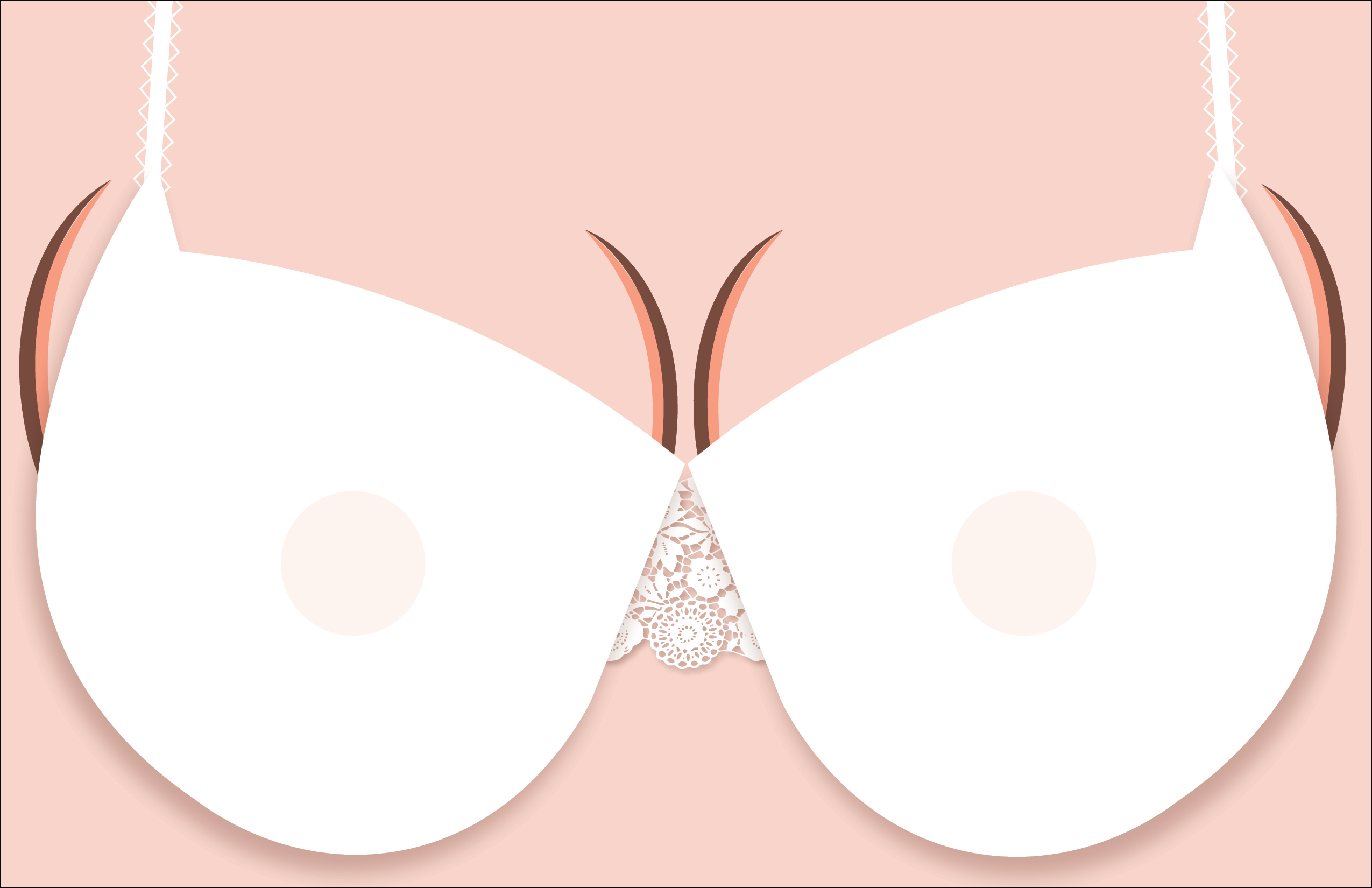
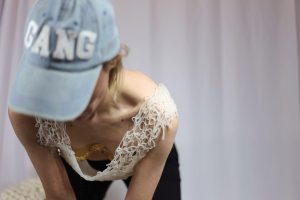
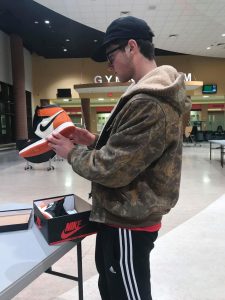


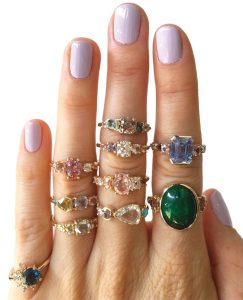

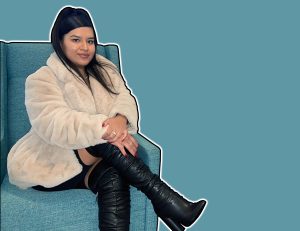
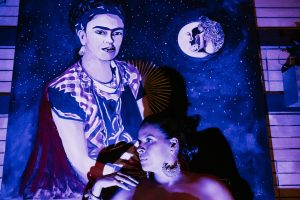
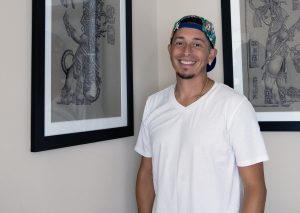
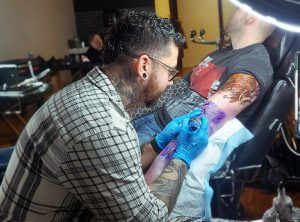
Be First to Comment